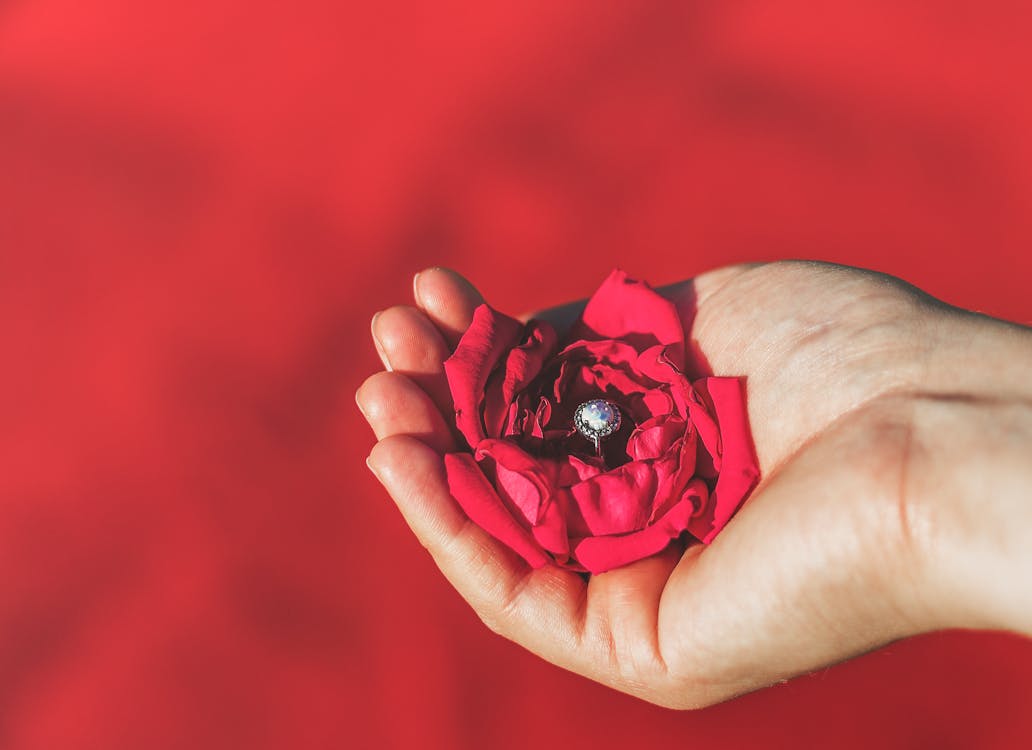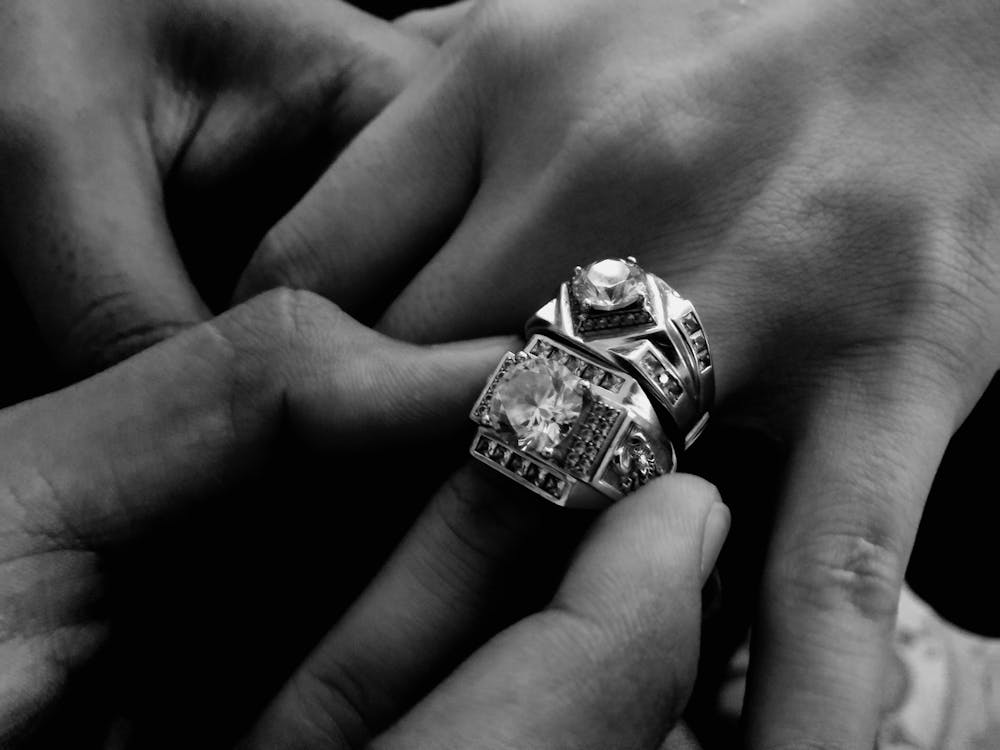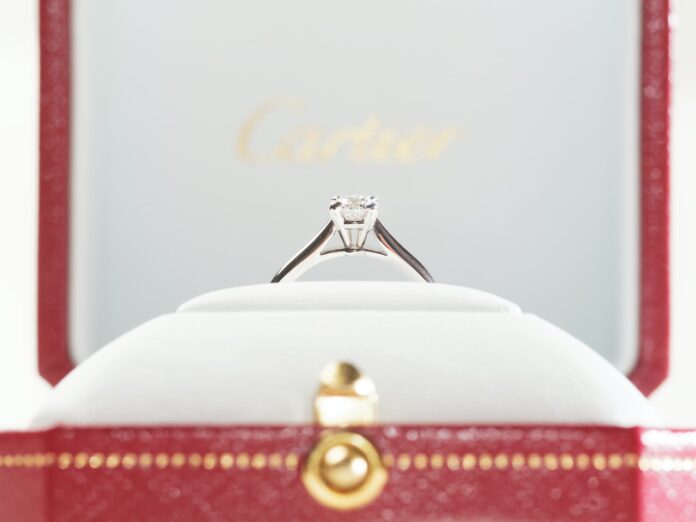Diamonds are nature’s most precious stones one can ever own. If you are a jewelry retailer or someone who loves to collect the rarest diamonds, you should be acquainted with the 4 C’s of diamonds- clarity, color, carat and cut. Among all these, you may doubt how the color of the diamonds affects their quality and value. The fact is that the rarest diamonds in any cut and carat are always colorless.
You may have heard about colored stones like emerald, ruby, sapphire, etc., being the most expensive stones, but colorless diamonds are far more precious and pricier than these stones. Made out of carbon, diamond stones are priceless beautifully. Unawareness about this stone’s color makes it daunting for you to shop for diamonds.

To estimate a diamond’s exact value at the store, you need to familiarize yourself with the diamond color chart and how differently colored diamonds, like colorless stones, yellow diamonds, etc., have different values. Color is essential in deciding the diamond’s monetary and aesthetic worth.
What Is A Diamond Color Chart?
A diamond is available in different colors, which decide the actual merit of the stone. The chart is labeled from D to Z, respectively, with each letter indicating a different color. From D to Z, there are five colors: colorless, near colorless, Faint tint, very light tint, and light tint. These five categories broadly describe the color chart for diamonds.
Each stone is put into one category, and then the stone’s value is measured based on the color and the other three C’s. When a diamond falls under the bar of D-F, it is considered the best quality stone. A diamond color chart is a system of categorizing diamonds under various colors to decide their worth.
How Does The Color Affect Diamond’s Value?

Each diamond is typically graded based on how close they are to the colorless stones. In essence, the lesser the color, the higher the value of the diamond. A naked eye may not be able to tell the difference between a colorless piece and a tinted piece; this is where the color chart comes in.
Diamonds are tested, and their reports establish their color and other components, labeling them under a certain category. Let’s understand how the color of the diamond affects its value:
Colorless Diamonds:
Falling under the D to F alphabet in the color report, these are considered the purest form of diamonds. They do not have any visible hues or tints when observed under a microscope. They sparkle the most and produce the most amount of fire, thus making them the most expensive stones among others.
Every other diamond is tested on how close it is to the colorless ones. Even among the D, E and F alphabets, D ones are the most expensive as they are the most white and shining stones. E and F are a little less pricey than D.
Near Colorless Diamonds:
These are closest to the colorless diamonds and make a good stone on rings and other jewelry pieces. They have a very faded tint of yellow that is only visible under microscopic examination. When used in jewelry, the tint is not visible. These are relatively costlier than the other diamonds but less costly than the colorless ones.
These may be your perfect choice if you want to invest in high-quality cuts and color within a budget.
Tinted Diamonds:
The other three types of diamonds are categorized into “tinted diamonds”.
Faint Tint:
Represented by letters K, L and M, these diamonds have a faint yellow tint. When viewed from the top angle, these diamonds reflect a slightly yellow tone which clarifies that they are faintly tinted stones. These are priced lower than the nearly-colorless cuts as they have a visible tint but not so much that they lose their whiteness.
Very Light Tint:
Ranging between the letters N and R, with N being on the top, these diamonds have noticeable shades of yellow, unlike their faintly-tinted counterparts. The yellowness reflects on their final price and is valued lower than the other top-rated colorless diamond cuts.
They are rare to find as they are not in demand. The rarity of these diamonds does not reflect their preciousness, but people do not demand them because of their hues. When you find a piece, it will not cost you a fortune to buy one.
Light Tint:
From letters S to Z, you will find lightly tinted diamonds with a considerable amount of yellowness. The yellow hues of these diamonds are visible to a common person who does not know the diamond color chart. They are the most inexpensive precious stones, and their value does not change with any other factor. The presence of pronounced yellow tints adversely affects the worth of these diamonds.
Why Is The Color Of The Diamond Important?

The color of the diamond indeed affects its sparkle, shine and fire-producing capacity. The whiter the diamond, the shinier it will be. Color is an essential factor when it comes to measuring the purity and worth of the stone. Your goal as a shopper is to buy a diamond with the least tint of any color, especially yellow. The line of the color chart varies according to the diamond’s shape, size and cut.
The color becomes a vital aspect because it indicates the purity of the diamond along with other factors. With engineered diamonds being available in the market, precious stones are now available in many fancy colors. Colorlessness plays an essential role for white diamonds, but for colored stones, the more the color, the higher the price.
Bottomline:
The color becomes important for diamond categorization. However, with a slight increase or decrease in weight, the color chart can show you a different picture of a similar stone. It is essential to go to a professional grader to know the right color scale for your diamond stones. You need to decide on a budget to buy a healthy, high-quality piece of diamond with a good color chart rating.




